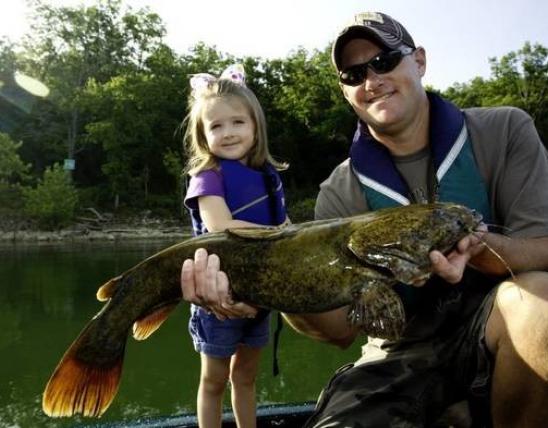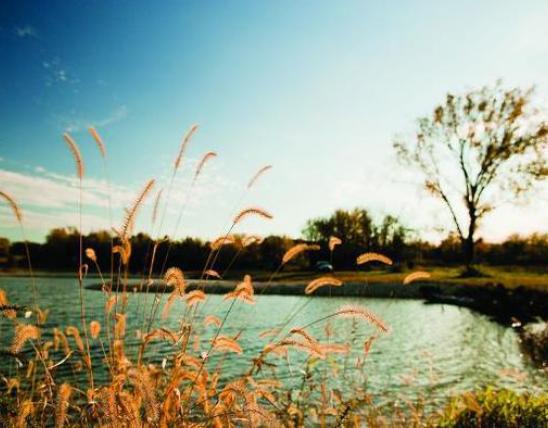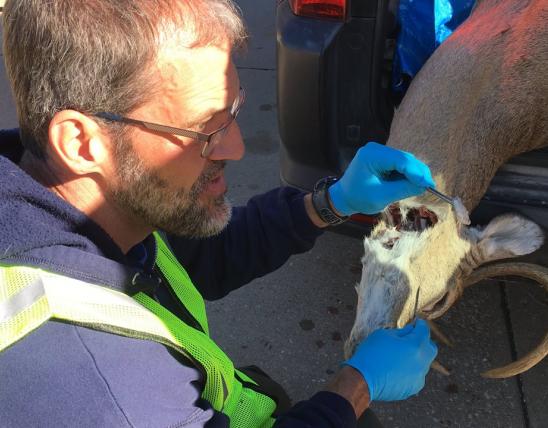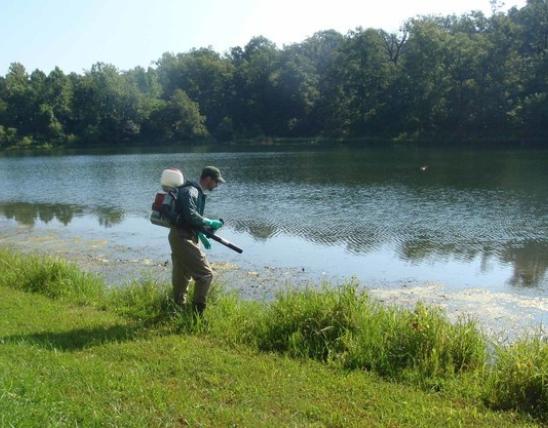Zebra mussels came to North American waters in international shipping ballast water and were discovered in Lake St. Clair near Detroit in 1988. Since then, zebra mussels have spread rapidly throughout the Great Lakes and connected waterways of the Mississippi and Hudson rivers. Zebra mussels were first reported in Missouri in 1991 in the Mississippi River near St. Louis.
Pathways for Spread
While commercial barges no doubt carry attached adult zebra mussels to uninfested reaches of large rivers, one of the greatest risks for spreading them to lakes and rivers is overland transport on boats, motors, trailers, docks, aquatic plants, pumps and other equipment. Larger adult zebra mussels can live several days out of water in moist, shaded areas. Boats used, moored or stored in infested waters may carry hitchhiking mussels attached to their hulls, engine drive units and anchor chains.
Microscopic zebra mussel larva can survive in boat bilge water, livewells, bait buckets and engine cooling water systems. However, they die quickly when their hiding places are warmed in the sun or when they “blow dry” on the highway on the trip home.
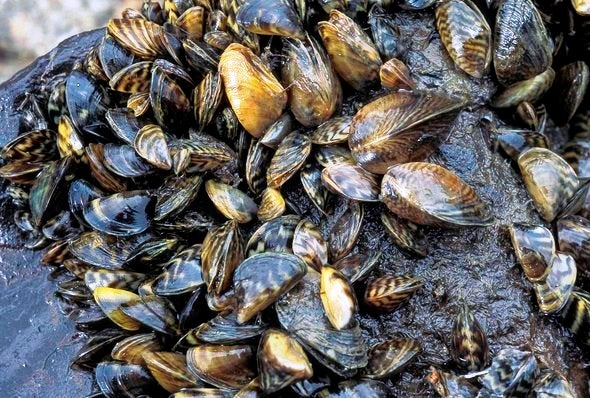
Impacts
The economic impacts of zebra mussels in North America during the next decade are expected to be in the billions of dollars. Zebra mussels can:
- clog power plants, as well as industrial and public drinking water intakes
- foul boat hulls and motors
- impact native fish and disrupt aquatic ecosystems
- decimate populations of native freshwater mussels and other aquatic animals
Control
If you are a boater, angler, water skier, scuba diver, sailor, canoeist, or other type of water recreationist, you can prevent the spread of zebra mussels and keep your own equipment from being fouled by completing the following steps:
- Clean — Remove all plants, animals, mud and thoroughly wash all equipment, especially in crevices and other hidden areas. If your boat or equipment was used in infested waters or if you found any attached adult mussels, use a HOT (104 degree Fahrenheit) water spray.
- Drain — Eliminate all water before leaving the area, including livewells and transom wells.
- Dry — Allow sufficient time for your boat to completely dry before launching in other waters.
- Dispose — Put unused bait in a trash can.




